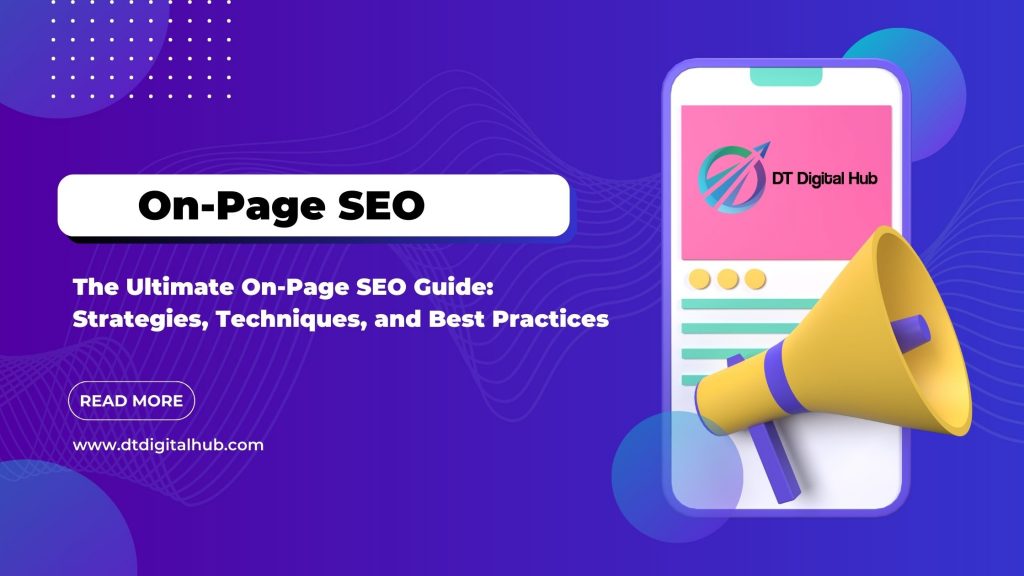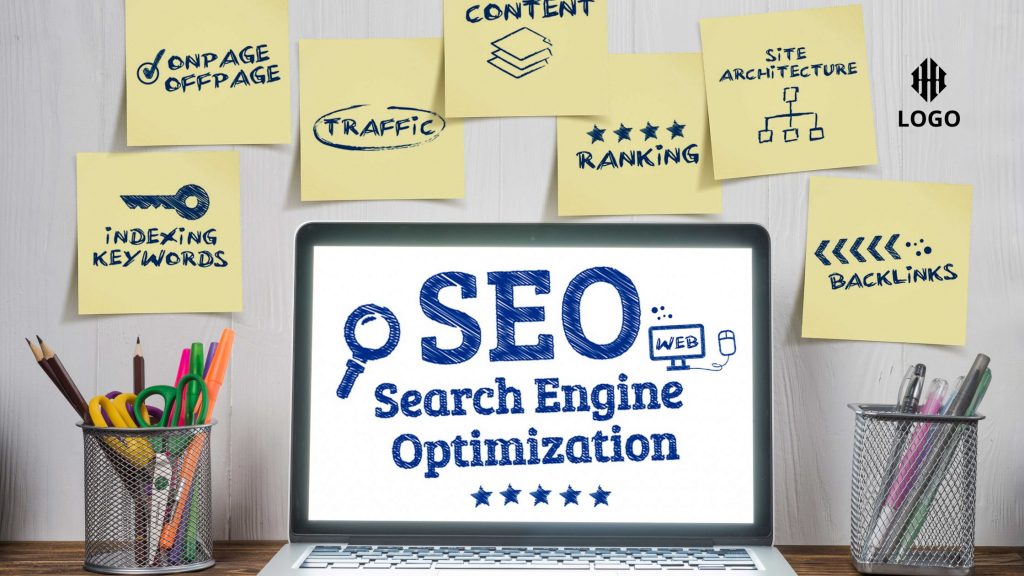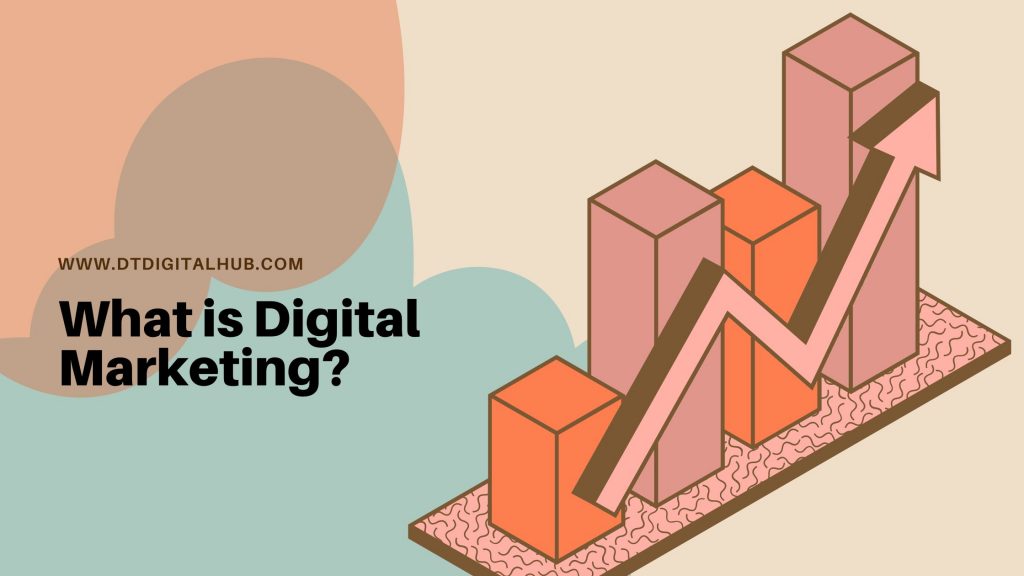Search engine optimization (SEO) is vital to ensuring your website ranks highly on search engines like Google. On-page SEO is a crucial component of this process, and understanding its meaning and significance is essential for anyone looking to improve their online presence. In this comprehensive on-page SEO guide, we’ll explore what on-page SEO is, its importance, the difference between on-page and off-page SEO, and provide strategies and techniques for optimization, along with recommendations and a checklist to follow. We’ll also delve into content audits, E-A-T, title tags, meta descriptions, header tags, keyword cannibalization, and structuring content for featured snippets.
What is On-Page SEO and Why is it Important?
On-page SEO, also known as on-site SEO, refers to the practice of optimizing individual web pages to improve their search engine rankings and drive organic traffic. On-page SEO includes optimizing elements such as content, title tags, meta descriptions, header tags, and URL structure. Its importance lies in the fact that it helps search engines understand your content and determine its relevance to users’ search queries, ultimately impacting your website’s visibility and search engine rankings.
On-Page SEO vs. Off-Page SEO
On-page SEO involves optimizing elements within your website, while off-page SEO focuses on external factors such as backlinks, social signals, and online reputation. Both are essential for a well-rounded SEO strategy, but on-page SEO forms the foundation, ensuring that your content is properly optimized for search engines and users.
On-Page SEO Strategy and Techniques
To optimize your content for on-page SEO, consider the following strategies and techniques:
a. Guide to Keyword Targeting and On-Page SEO
- Conduct keyword research to identify relevant and high-volume search terms.
- Integrate keywords naturally into your content, title tags, meta descriptions, and header tags.
- Use long-tail keywords and semantic search techniques to improve relevance and avoid keyword cannibalization.
b. On-Page SEO Recommendations
- Create high-quality, unique, and valuable content.
- Optimize your website’s technical aspects, such as site speed and mobile-friendliness.
- Improve your website’s internal linking structure.
On-Page SEO Basics and Practices
To improve your on-page SEO, follow these best practices:
a. On-Page SEO Checklist
- Quality, unique content
- Proper keyword usage
- Optimized title tags and meta descriptions
- Well-structured header tags
- User-friendly URL structure
- Mobile-friendly design
- Fast-loading pages
b. On-Page SEO Factors and Tools
- Utilize tools like Google Analytics, Google Search Console, and various keyword research tools to analyze your on-page SEO performance.
- Monitor your competitors and stay updated with the latest SEO trends.
On-page SEO basics and best practices
On-page SEO refers to the optimization of individual web pages to rank higher in search engines and earn more relevant traffic. Here are some on-page SEO basics and best practices:
- Conduct keyword research: Use keyword research tools to identify keywords that are relevant to your content and have a high search volume. Integrate these keywords into your content and meta tags.
- Optimize title tags and meta descriptions: These are HTML elements that describe your web page to search engines and users. Use your primary keyword in the title tag and include a brief, compelling description in the meta description.
- Use header tags: Use header tags (H1, H2, H3, etc.) to structure your content and make it easier for users to read. Include your primary keyword in at least one header tag.
- Optimize content: Create high-quality, informative content that answers users’ queries and engages them. Use your primary and secondary keywords naturally throughout the content.
- Use internal linking: Internal linking helps users navigate your website and improves its overall structure. Link to other relevant pages on your website using descriptive anchor text.
- Optimize images: Use descriptive file names and alt text for images to help search engines understand what your content is about.
- Improve page speed: Use tools like Google PageSpeed Insights to analyze your page speed and identify ways to improve it. Faster loading pages can improve your search engine rankings and user experience.
- Make your website mobile-friendly: More and more people are accessing the internet on their mobile devices, so it’s important to have a responsive design that adapts to different screen sizes.
On-Page SEO examples
Here are some examples of on-page SEO techniques:
- Keyword optimization: Incorporating relevant keywords in your content, title tags, meta descriptions, header tags, and URLs.
Example: If you’re writing a blog post about “best running shoes,” you could use the keyword “running shoes” in your title tag, meta description, and header tags.
- Internal linking: Linking to other relevant pages on your website using descriptive anchor text.
Example: If you have a blog post about “best running shoes,” you could link to a related article about “how to choose the right running shoes” using anchor text like “choosing the right running shoes.”
- Image optimization: Optimizing images with descriptive file names, alt tags, and captions.
Example: If you have an image of a pair of running shoes in your blog post, you could use a descriptive file name like “best-running-shoes.jpg” and include an alt tag like “best running shoes for women” to help search engines understand the content of the image.
- Content optimization: Creating high-quality, informative content that answers users’ queries and engages them.
Example: If you’re writing a blog post about “best running shoes,” you could include detailed reviews of different shoe models, tips for choosing the right pair of shoes, and advice on how to break in new shoes.
- Page speed optimization: Improving page speed by compressing images, reducing server response time, and minifying CSS and JavaScript.
Example: You could use a tool like Google PageSpeed Insights to analyze your website’s performance and identify ways to improve page speed, such as optimizing images and reducing server response time.
These are just a few examples of on-page SEO techniques that can help improve your website’s search engine rankings and attract more relevant traffic.
How do I perform a content audit?
Performing a content audit involves analyzing the content on your website to determine what’s working well and what needs improvement. Here are some steps to follow to perform a content audit:
- Identify your goals: Before you begin your content audit, it’s important to identify what you want to achieve. For example, you might want to increase website traffic, improve engagement, or generate more leads.
- Compile a list of content: Create a list of all the content on your website, including blog posts, articles, landing pages, and product pages.
- Analyze your content: Review each piece of content on your list and assess its quality, relevance, and performance. You may want to consider factors such as pageviews, bounce rate, time on page, social shares, and backlinks.
- Categorize your content: Group your content into categories based on its performance and relevance to your goals. For example, you might categorize content as high-performing, low-performing, or evergreen (content that remains relevant over time).
- Determine gaps and opportunities: Identify gaps in your content, such as topics that aren’t covered or areas where you could provide more detailed information. Look for opportunities to improve existing content or create new content that fills these gaps.
- Create an action plan: Use your findings to create an action plan for optimizing your content. This might involve updating existing content, creating new content, or improving your website’s structure and navigation.
- Track your progress: Monitor your website’s performance over time to see if your content audit has had a positive impact. You may want to track metrics such as pageviews, time on site, bounce rate, and conversion rate.
Performing a content audit can help you identify areas where you can improve your website’s content and structure, which can ultimately lead to improved search engine rankings, user engagement, and conversions.
What is E-A-T and how does it impact on-page SEO?
E-A-T stands for Expertise, Authoritativeness, and Trustworthiness, and it is a concept that Google uses to evaluate the quality of content on a website. E-A-T is important for on-page SEO because Google’s algorithms aim to show the most relevant, high-quality content to users, and E-A-T is a key factor in determining which content is considered high-quality.
Expertise refers to the level of knowledge and skill that a website’s content creators have in their field or industry. To demonstrate expertise, website content should be well-researched and accurate, with citations and references to reliable sources.
Authoritativeness refers to the reputation of the website and its content creators. Websites that are considered authoritative are typically well-established and have a strong online presence, with high-quality content that is widely shared and linked to.
Trustworthiness refers to the level of trust that users have in a website and its content creators. To build trust, a website should have a clear and transparent purpose, with accurate and up-to-date information. It should also have a secure website (HTTPS), privacy policy, and contact information that is easy to find.
E-A-T can impact on-page SEO in a few ways. First, high-quality content that demonstrates expertise, authoritativeness, and trustworthiness is more likely to rank well in search engines. Second, websites that are seen as authoritative and trustworthy are more likely to earn backlinks from other reputable websites, which can further boost their search engine rankings. Finally, websites that have a strong online reputation for E-A-T may be more likely to attract and retain users, which can lead to increased engagement and conversions.
To improve E-A-T for your website, focus on creating high-quality content that is well-researched, accurate, and useful for your target audience. Build your online reputation by promoting your content on social media, earning backlinks from other reputable websites, and engaging with your audience through comments and social media. Finally, make sure your website is secure, has a clear purpose, and provides accurate and up-to-date information to build trust with your users.
How to Optimize Header Tags, URLs, Title Tags and Meta Descriptions?
Header tags, URLs, title tags, and meta descriptions are important on-page SEO elements that can help improve your website’s visibility in search engine results pages (SERPs). Here are some tips for optimizing these elements:
- Header Tags: Use header tags (H1, H2, H3, etc.) to organize your content and make it easy for both users and search engines to understand the structure of your page. The H1 tag should be used for the main heading of the page, and subsequent tags should be used for subheadings and other content sections. Make sure your header tags are descriptive and accurately reflect the content on the page.
- URLs: Use descriptive and user-friendly URLs that include keywords relevant to the content on the page. Avoid using long and complicated URLs, as they can be difficult for users to read and remember. Also, make sure to use hyphens instead of underscores to separate words in the URL, as search engines consider hyphens as word separators, but not underscores.
- Title Tags: Your title tag is the main headline that appears in search engine results and is often the first thing that users see when they visit your page. Use descriptive and compelling titles that accurately reflect the content on the page, and include relevant keywords to improve search engine visibility. Keep the title tag between 50-60 characters to avoid truncation in search engine results.
- Meta Descriptions: Meta descriptions are short summaries of the content on your page that appear in search engine results. Use compelling and descriptive meta descriptions that accurately reflect the content on the page, and include relevant keywords to improve search engine visibility. Keep the meta description between 150-160 characters to avoid truncation in search engine results.
To optimize these elements, you should conduct keyword research to identify relevant keywords and phrases to include in your content and on-page elements. Make sure to use the keywords naturally and avoid keyword stuffing. You should also make sure to write descriptive, engaging, and high-quality content that is valuable to your audience. By optimizing header tags, URLs, title tags, and meta descriptions, you can improve your website’s visibility in search engine results and drive more traffic to your site.
Is keyword cannibalization sabotaging rankings and traffic?
Yes, keyword cannibalization can sabotage rankings and traffic for a website. Keyword cannibalization occurs when multiple pages on a website are targeting the same keyword or phrase, causing them to compete against each other in search engine rankings. When this happens, search engines may have a difficult time determining which page is the most relevant and valuable for that particular keyword, leading to lower rankings and less traffic for all the pages targeting that keyword.
Keyword cannibalization can also lead to a poor user experience, as users may find it difficult to navigate the website and find the content they are looking for. This can result in a higher bounce rate and lower engagement, which can further harm the website’s search engine rankings.
To avoid keyword cannibalization, it is important to conduct thorough keyword research and ensure that each page on your website is targeting a unique set of keywords and phrases. You should also make sure that the content on each page is high-quality, relevant, and valuable to your audience. In addition, you can use internal linking to help guide users to related content on your website, but be careful not to overdo it and create confusing or redundant links.
If you suspect that keyword cannibalization is affecting your website’s rankings and traffic, you should conduct a content audit to identify and consolidate any overlapping or redundant pages. By optimizing your website’s content and ensuring that each page is targeting unique keywords and phrases, you can improve your search engine rankings and drive more targeted traffic to your site.
On-Page SEO: FAQs
What is an example of SEO on-page?
An example of on-page SEO could be optimizing the title tag, header tags, meta description, and URL structure of a webpage to improve its search engine visibility.
What is on-page SEO and off-page SEO?
On-page SEO refers to the optimization of elements on a webpage that can improve its visibility and ranking in search engine results pages (SERPs). Off-page SEO, on the other hand, refers to external factors that can impact a website’s visibility, such as backlinks and social media signals.
Why do we use on-page SEO?
We use on-page SEO to make our website’s content more accessible and understandable to search engines, and to improve our website’s visibility and ranking in search engine results pages. By optimizing on-page elements such as titles, headers, and content, we can make it easier for search engines to crawl and index our website, and improve our chances of appearing at the top of search results for relevant queries.
What are the top 5 on-page SEO factors?
The top 5 on-page SEO factors are:
- Content quality and relevance
- Title tag optimization
- Header tag optimization
- Meta description optimization
- URL structure optimization
what is on-page seo in digital marketing
On-page SEO in digital marketing refers to the process of optimizing the content and structure of a website’s individual pages to improve its search engine visibility and ranking. By focusing on on-page optimization, digital marketers can improve the user experience, increase engagement, and drive more targeted traffic to their website.
What are On-page SEO factors for blogger?
On-page SEO for bloggers involves optimizing the content, structure, and design of blog posts to improve their visibility and ranking in search engine results pages. This can include optimizing title tags, headers, meta descriptions, and content, as well as improving site speed and mobile responsiveness.
Which tool is used for on-page SEO?
There are several tools that can be used for on-page SEO, such as Yoast SEO, Moz On-Page Grader, SEMrush On-Page SEO Checker, and Ahrefs Site Audit. These tools can help identify areas for improvement and provide recommendations for optimizing on-page elements to improve search engine visibility and ranking.




